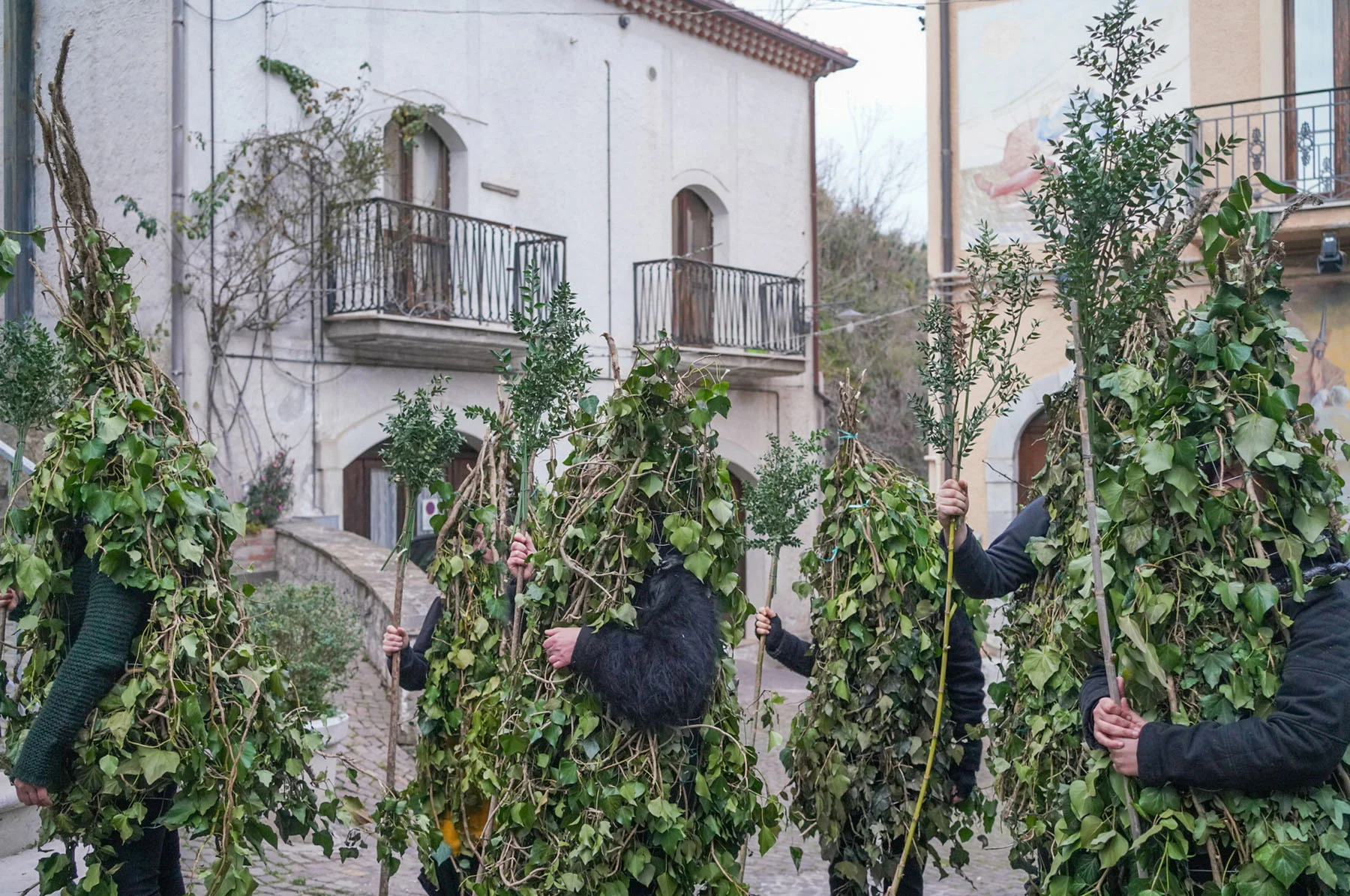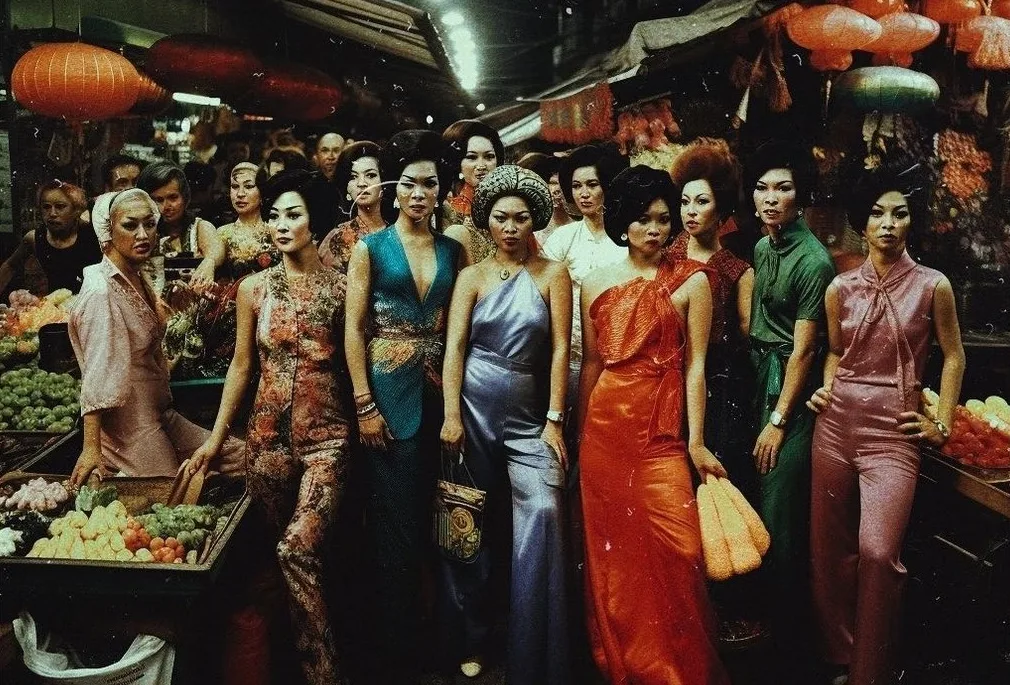

As a child growing up between Uganda, Rwanda, the US and Canada, Tina Tona turned to collage as a creative outlet, and it’s since become her main artistic pursuit—a way for her to explore an identity split between the cultural nuances of Africa and North America. She tells Jyni Ong how she pulls shards of memories from a plethora of life experiences and locations to create a whole new world of her own.
In its simplest form, collage can be understood as fragments of different materials applied to backing. But for the LA-based Tina Tona, collage is the decontextualizing of imagery as a positive world building tool. A term commonly used in game design, world building refers to the process of creating an imaginary atmosphere, setting or universe. “Everything I do is an attempt at world building but not at such a big scale,” she explains.
As a child who grew up dotted around the world—from Uganda to Rwanda, Albany, the San Francisco Bay Area, Maryland, Canada—the artist yearns for home and belonging among the carefully glued printed paraphernalia, combining glimpses of half memories with nostalgic symbols and emotions. “When I was younger, I wanted the viewer to take anger away from my work. I used art to get frustration out,” she says. “Now, the emotion I’m expressing most is nostalgia. I’m in a chapter of my life where I think about home a lot. Even if people haven’t emigrated somewhere, home is something people can relate to.”
Through art, Tona explores her dual identity split between the cultural nuances of African and North American identity. “I came to this country without any context of African American pop culture like MTV and new media,” she says. “Because I lacked this context, that’s what I was drawn to. That’s why my aesthetic focuses on diaspora, bringing these two worlds together.” She also likes to juxtapose images of idealized beauty against her own personal definition. For instance, in one image, Botticelli’s Venus and other classical statues interject references to Afro culture.
Though Tona never took art classes in middle school or high school, she always loved art. As a youngster, she didn’t have access to art equipment. Instead, she relied on her own resources— magazines from around the house, kitchen scissors, dollar store glue sticks—discovering the medium of collage by accident. By age 15, collage had become central to Tona’s practice as a way of “putting things that don’t really make sense together so they do make sense.” She toyed with photography and film but consistently returned to the art of scrapbooking as a way to build worlds through photos. “The raw photos themselves didn’t interest me. The more I researched, I realized the Black aesthetic is not just images, it’s a practice. A practice of maximalism and resourcefulness for being able to use materials in their entirety.”



Maximalism shows up aesthetically through bursts of highly saturated tropical colors, cluttered overlain textures and print-outs, explosive patterns spiraling outward and tightly packed compositions nestled within minimal negative space. Maximalism also shows up through Tona’s process; she crams multiple viewpoints into each work, shedding light on a range of differing perspectives akin to her own range of different cultural identities. Through collage, she synthesizes a spectrum of emotions that make up the Black diasporic experience.
Growing up, Tona understood art to be synonymous with Renaissance greats and Modernist classics. “It was perceived as something for the wealthy. Like there’s this place in the white world where you can go and see art,” she says. “I guess maximalism became a way of reclaiming art making from my own perspective, not the perspective taught to me through arts education.”

In her 2022 artwork “Heavy is the Head,” Tona comments on the role of Black women’s hair within gender performance, considering themes of heritage, Western beauty ideals and deification. She describes how she likes to adorn her characters with halos and stars. “I like to take ordinary things and make them feel fabulous and fun,” she says. Where she once felt the need to create heavy artworks expressing the Black experience, she’s now reached a point where “it’s cool for us to see ourselves happy. To see ourselves expressing joy.”



